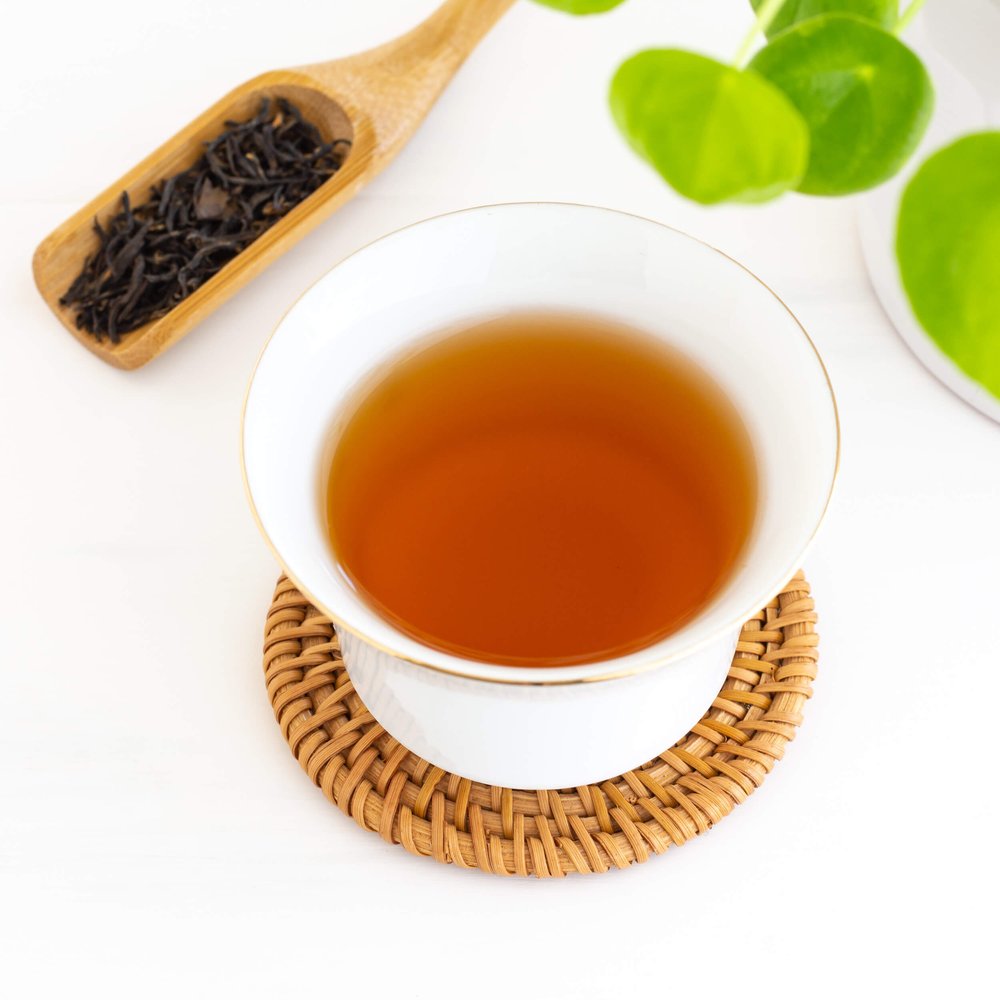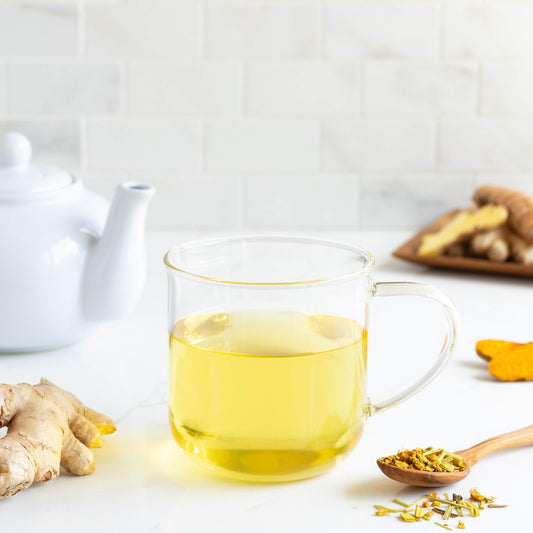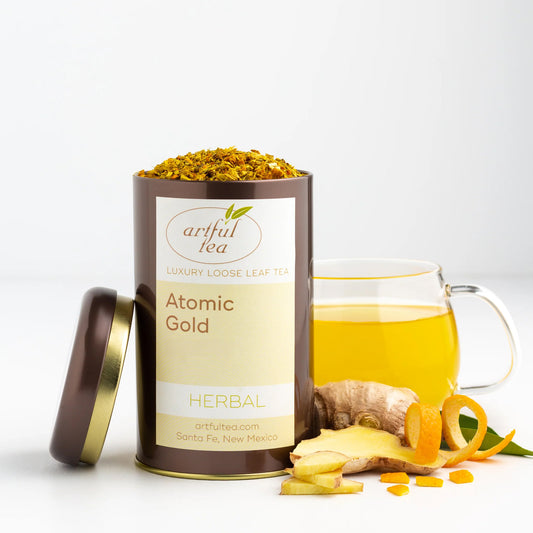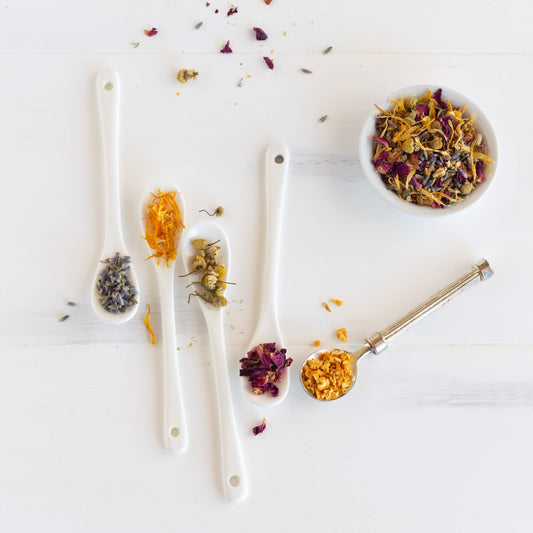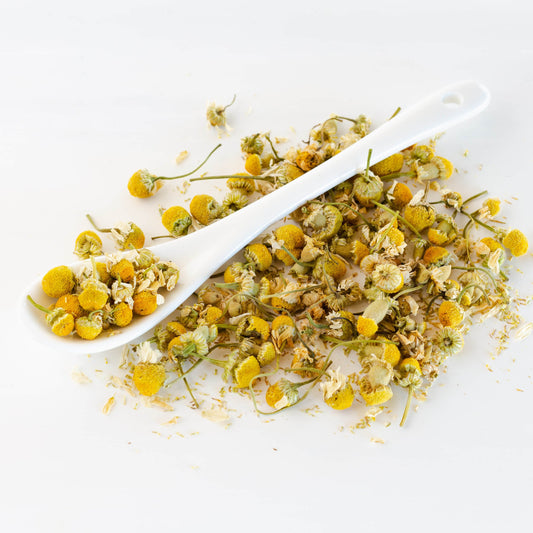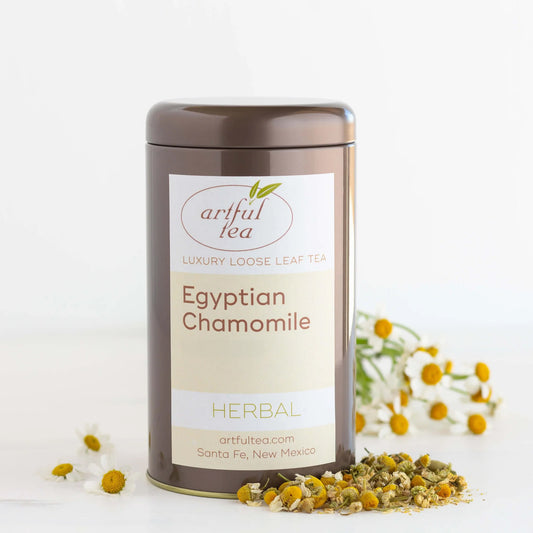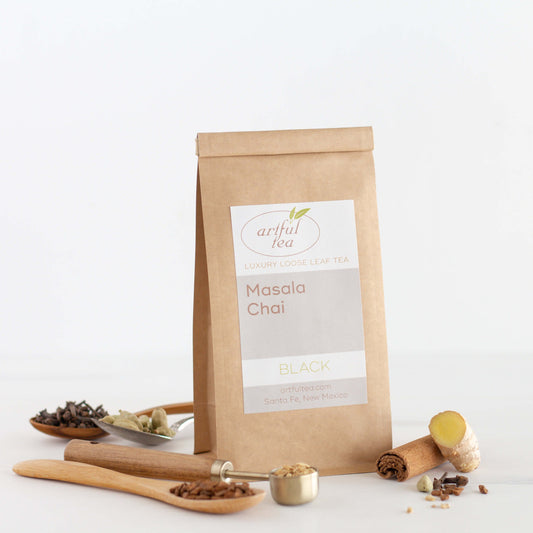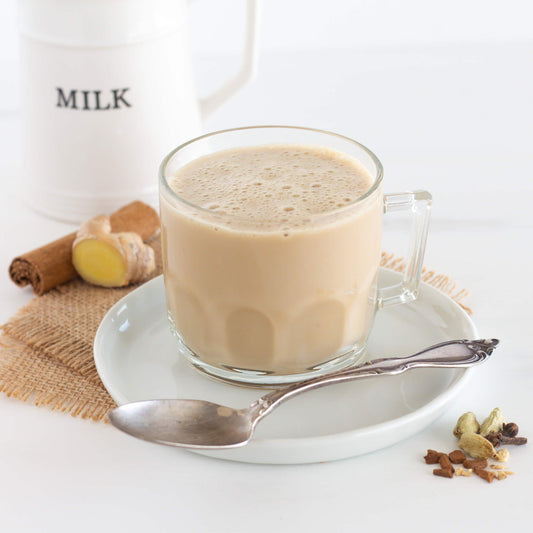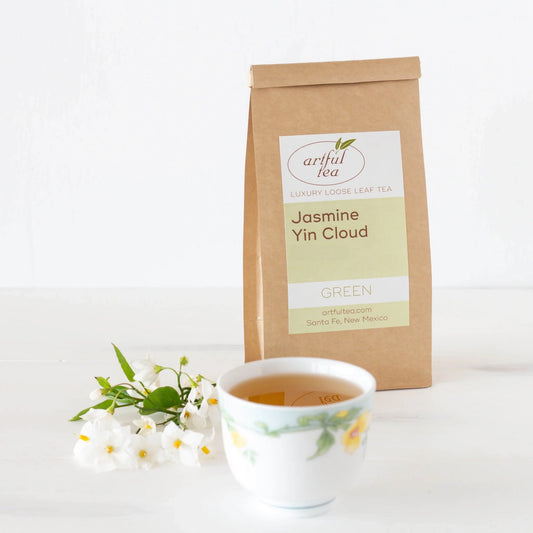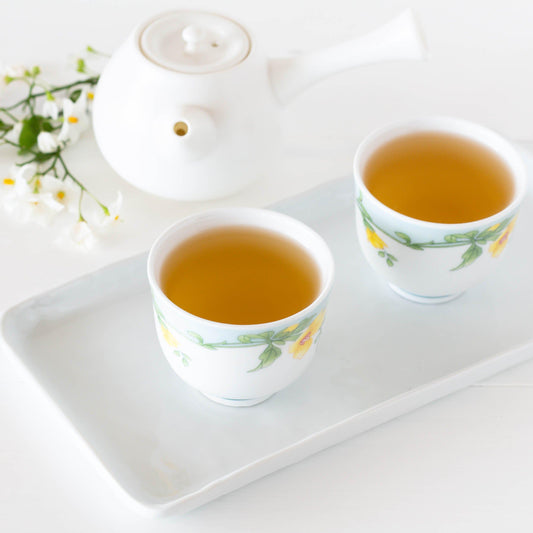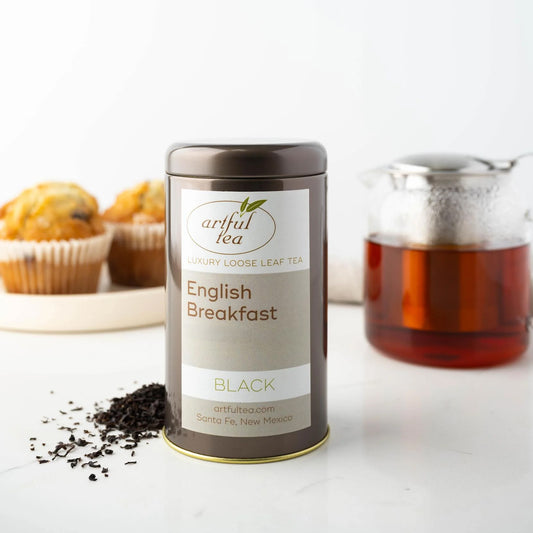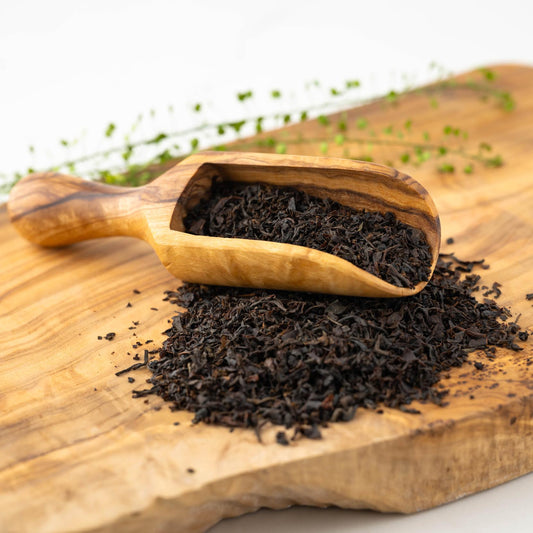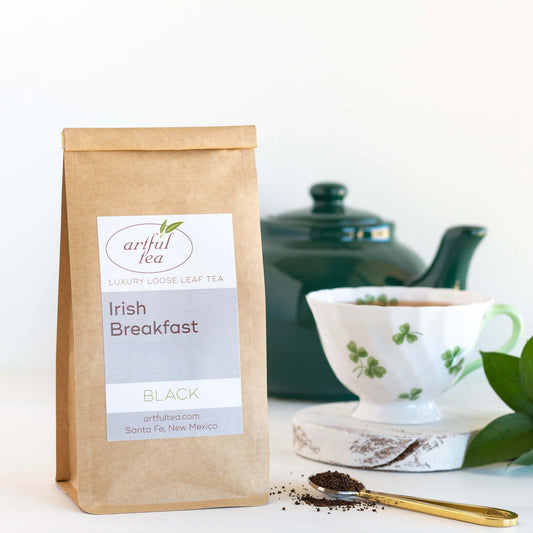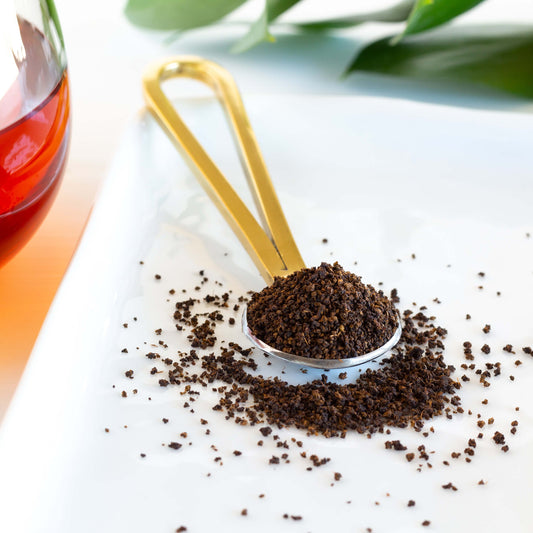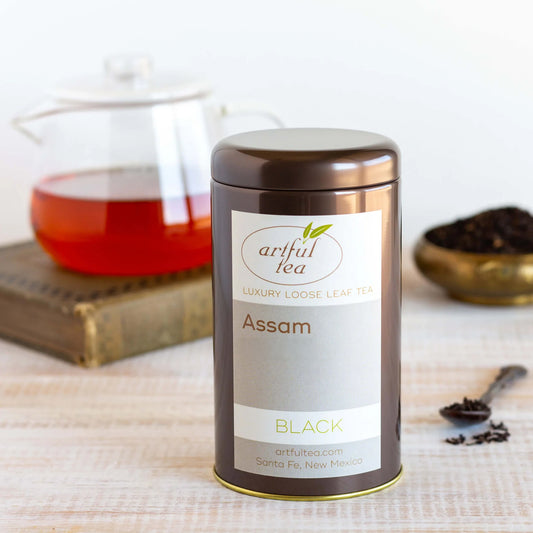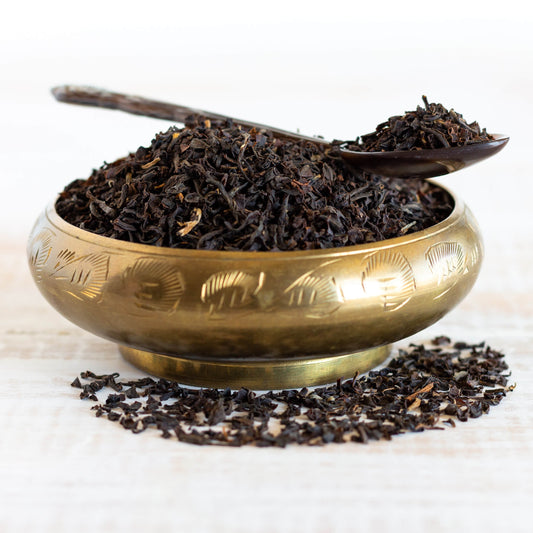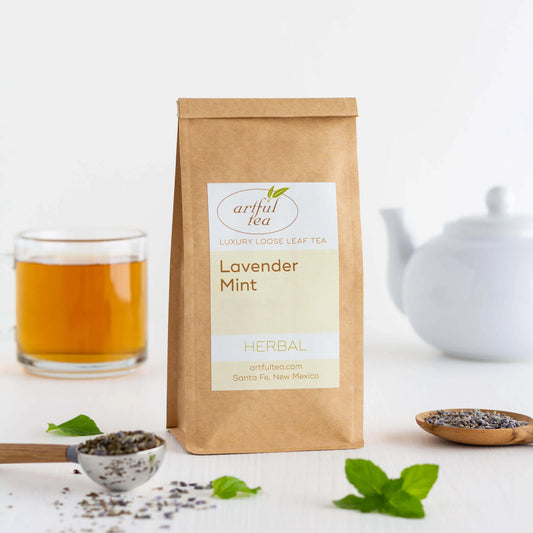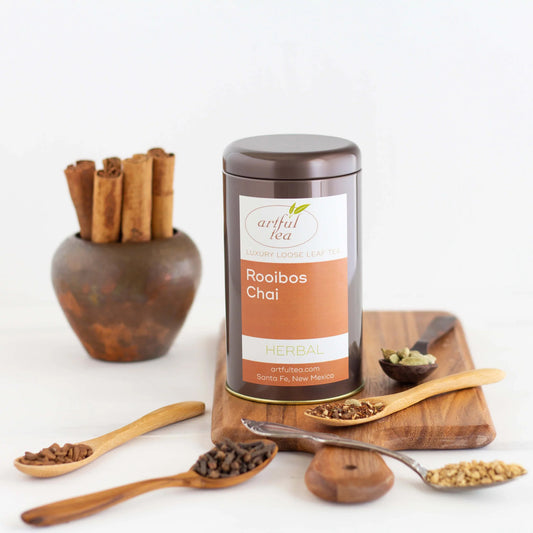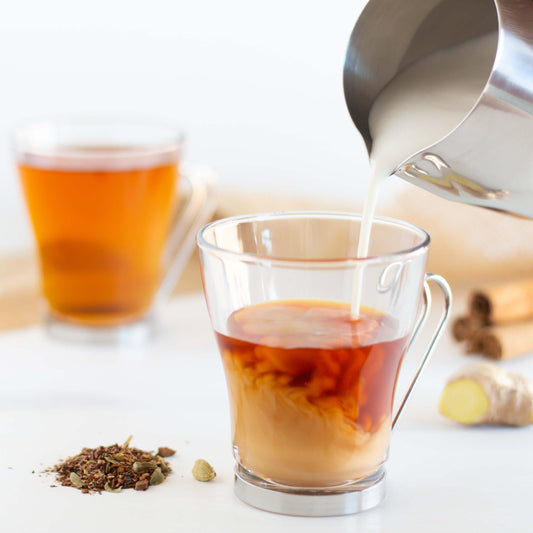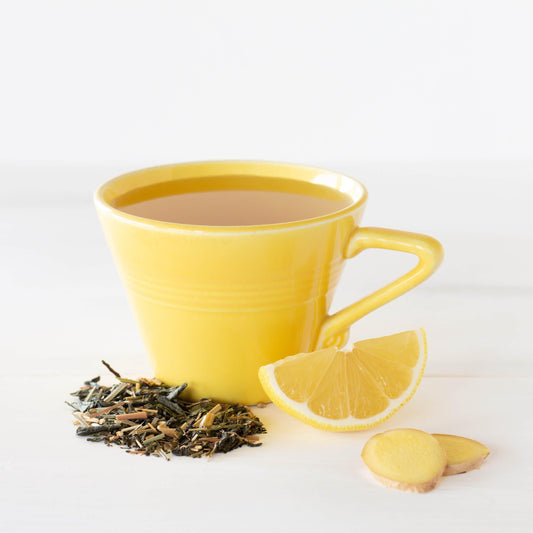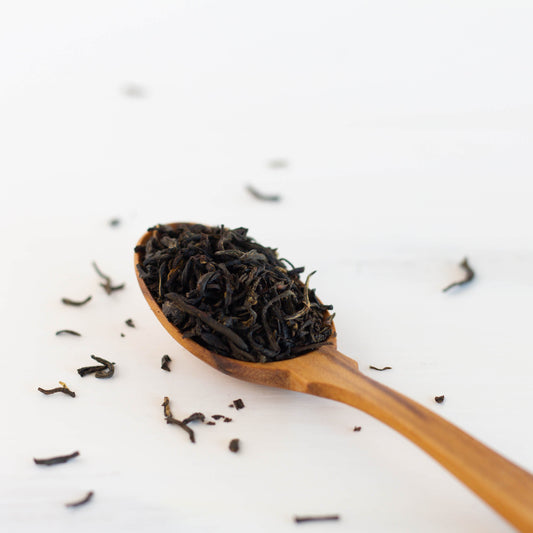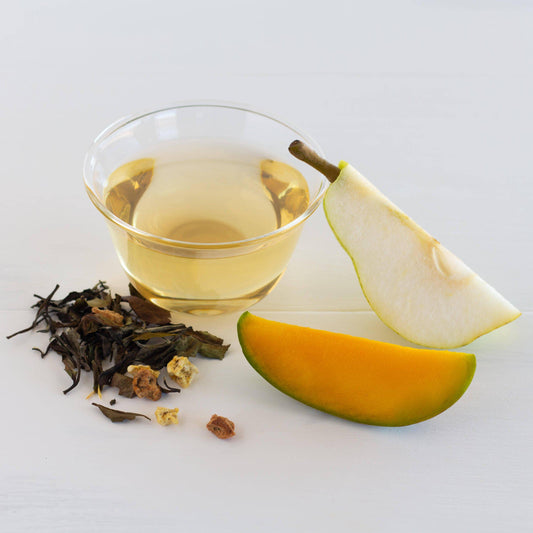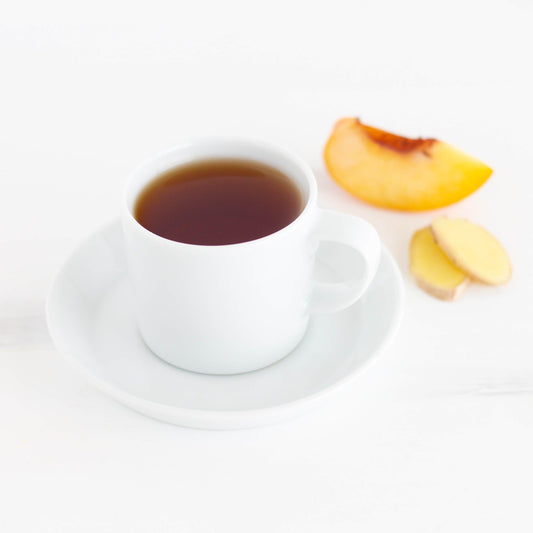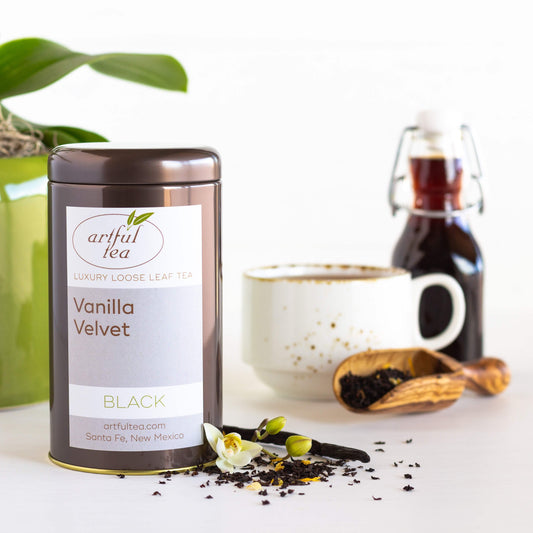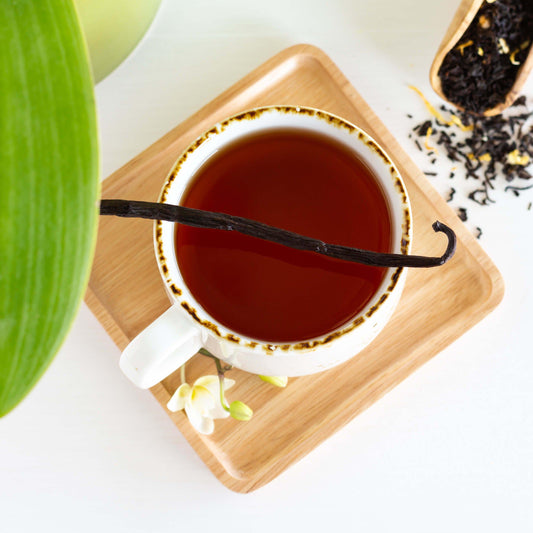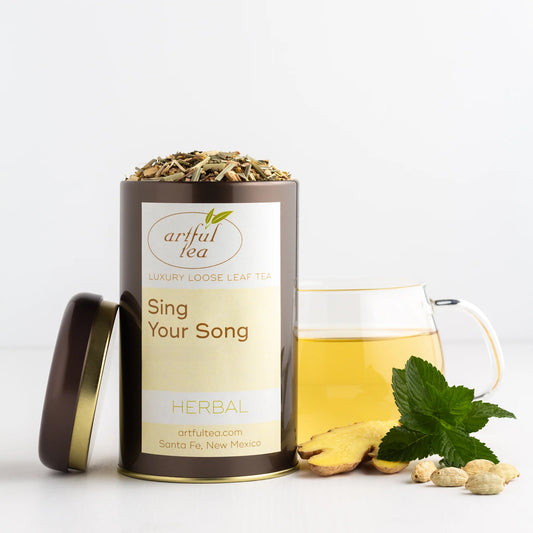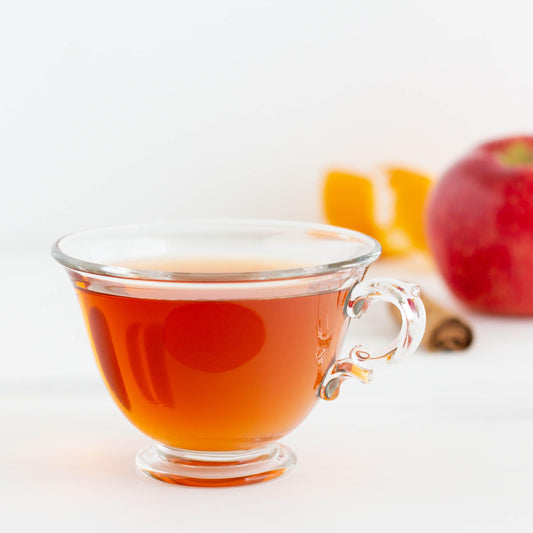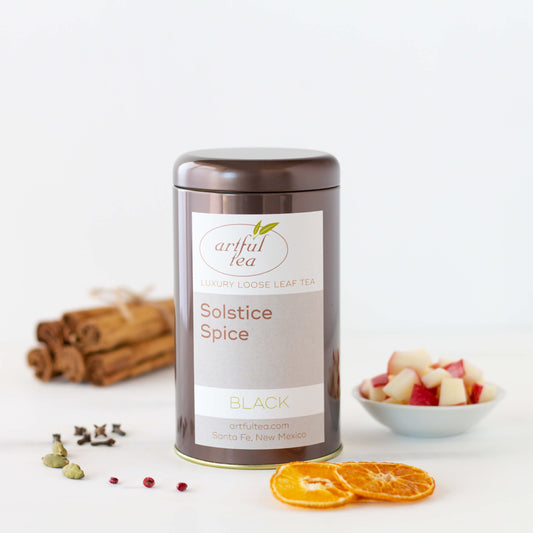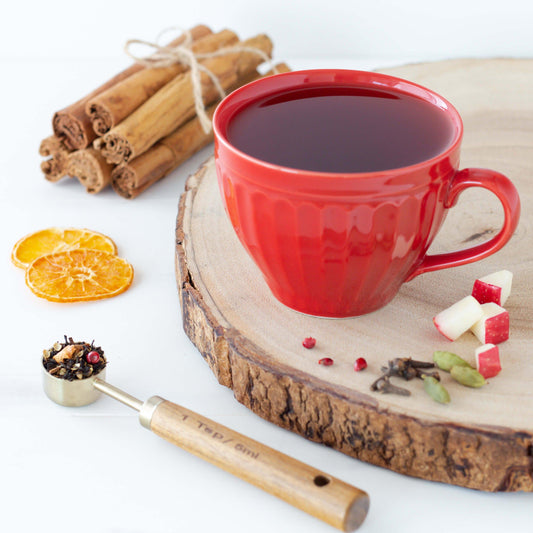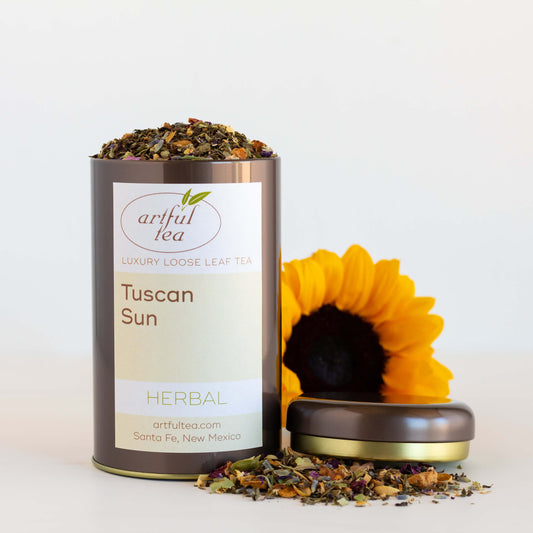Tea and Terroir
Just as wines take on distinctive flavors from the regions in which they are grown, different types of tea take on unique characteristics depending on where they’re from.
Terroir, which includes everything about the place in which a tea is grown, from environmental factors such as weather and humidity, to the particular quality of the soil and flora and fauna of the region, is one of the key factors in determining the flavor profiles of different teas. While different processing techniques result in different varieties of tea such as black, green, white, and oolong, terroir can have a more subtle but just as significant effect.

Tea and place names: what’s in a name?
Historically, teas have often been named after the place in which they are grown, giving rise to teas with names that reflect their origin. Teas such as Assam, Darjeeling, and Nilgiri are named after regions of India, and each have distinct characteristics that reflect the terroir of their growing environment. Teas like China Keemun and Golden Yunnan, meanwhile, are named after regions in China. Ceylon tea, grown in Sri Lanka, also takes its name from a place, as Sri Lanka was known as Ceylon during British colonial rule.
At ArtfulTea, we also carry less well-known teas named after their place of origin, including teas like Nepalese Gold, grown in Nepal, and Kenyan Purple, grown in Kenya. While terroir is far from the only thing that influences the flavor of a tea, all other factors being equal it plays an important role in the unique characteristics present in teas grown in different environments.
Tea and elevation
Teas grown at a higher elevation must adapt to their unique environment by growing more slowly and increasing their chlorophyl content, resulting in teas with a rich, slightly floral flavor. Teas grown at a high elevation include Darjeeling and Nepalese Gold.
Tea and soil
Soil is another key component of terroir, with different kinds of soil having different effects upon the flavor of tea. Assam tea, named for the same region of India, benefits from the clay-like soil of the tropical river valley in which it is grown. Similarly, tea grown in Kenya, such as Kenyan Purple and Lychee Purple, draws nutrients from the rich volcanic soil of the region.
Tea around the world
While tea has historically been grown primarily in India, China, and other Asian countries, tea is now grown in many places all over the world. Each tea’s distinct characteristics and flavor are fundamentally influenced by terroir - even if you uprooted a plant in Darjeeling and replanted it in Assam, by the next harvest the tea would have a different flavor!
Tea is also deeply influenced by the culture and history in the places in which it is grown. Unique cultivation, processing, and preparation methods can result in teas with wildly disparate tastes, from rich and earthy pu-erh teas, to delicate white teas, to vegetal, umami-packed Sencha. Tea culture also varies around the world, from high tea in England, to sweet tea in America, to traditional gongfu tea ceremonies in China and matcha tea ceremonies in Japan.
However you take your tea, take a moment to reflect on the unique intersection of place and culture, terroir and cultivation, next time you enjoy a cup!
